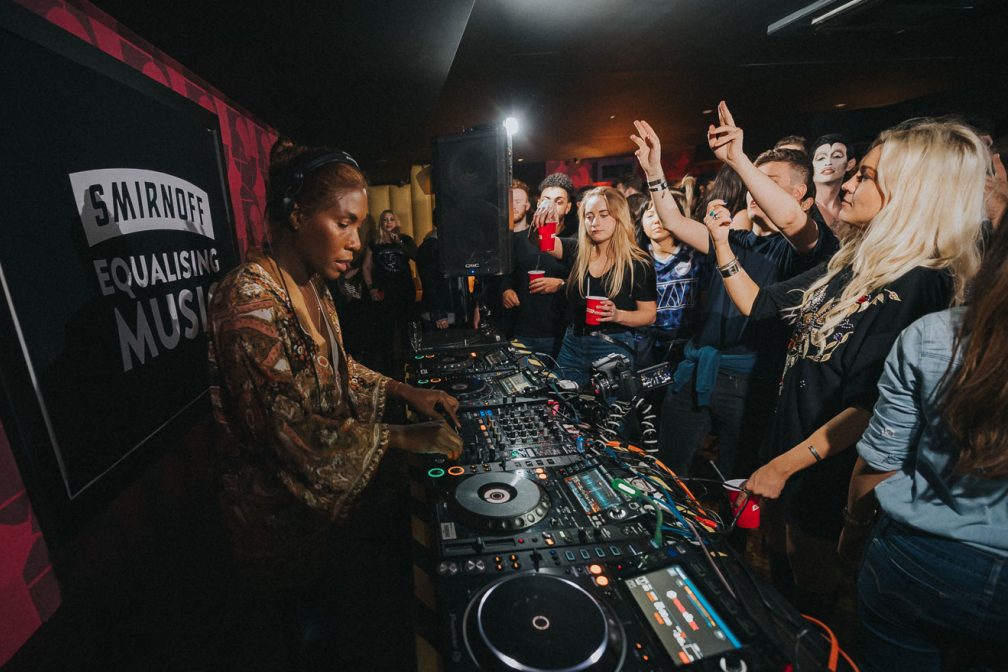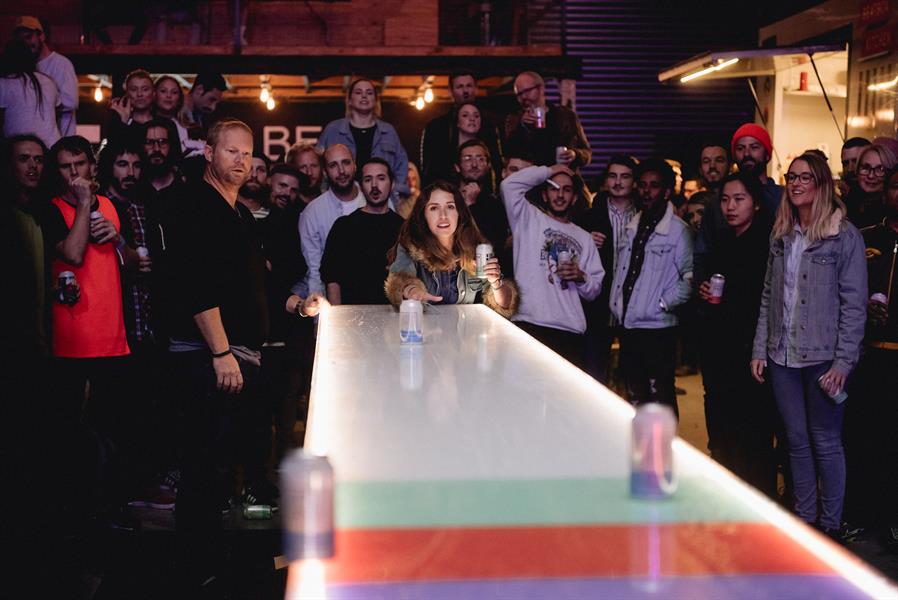Advertising restrictions, the use of social media and the way people have sensitised to advertising tactics has put pressure on alcohol brands to create innovative, intelligent and memorable marketing strategies. Unfortunately it’s no longer as easy as running an influencer campaign or a series of Facebook ads. Creating a successful marketing campaign for an alcohol brand is now a matter of activating experience at every touch point.
Alcohol is one of the hungriest (better put, thirstiest) industries for growth. Globally, the market is expected to record a CAGR of 3.1% during the forecast period (2018–2023) and a $1,594 billion market by 2022. The competition is overwhelming, the fight for increased sales is intense and amongst it all consumers want meaningful interactions with authentic brands. Oh, and don’t forget the ever-changing ways people are consuming, engaging, and purchasing... So how are alcohol brands successfully marketing themselves in 2019?
Hendrick’s Gin
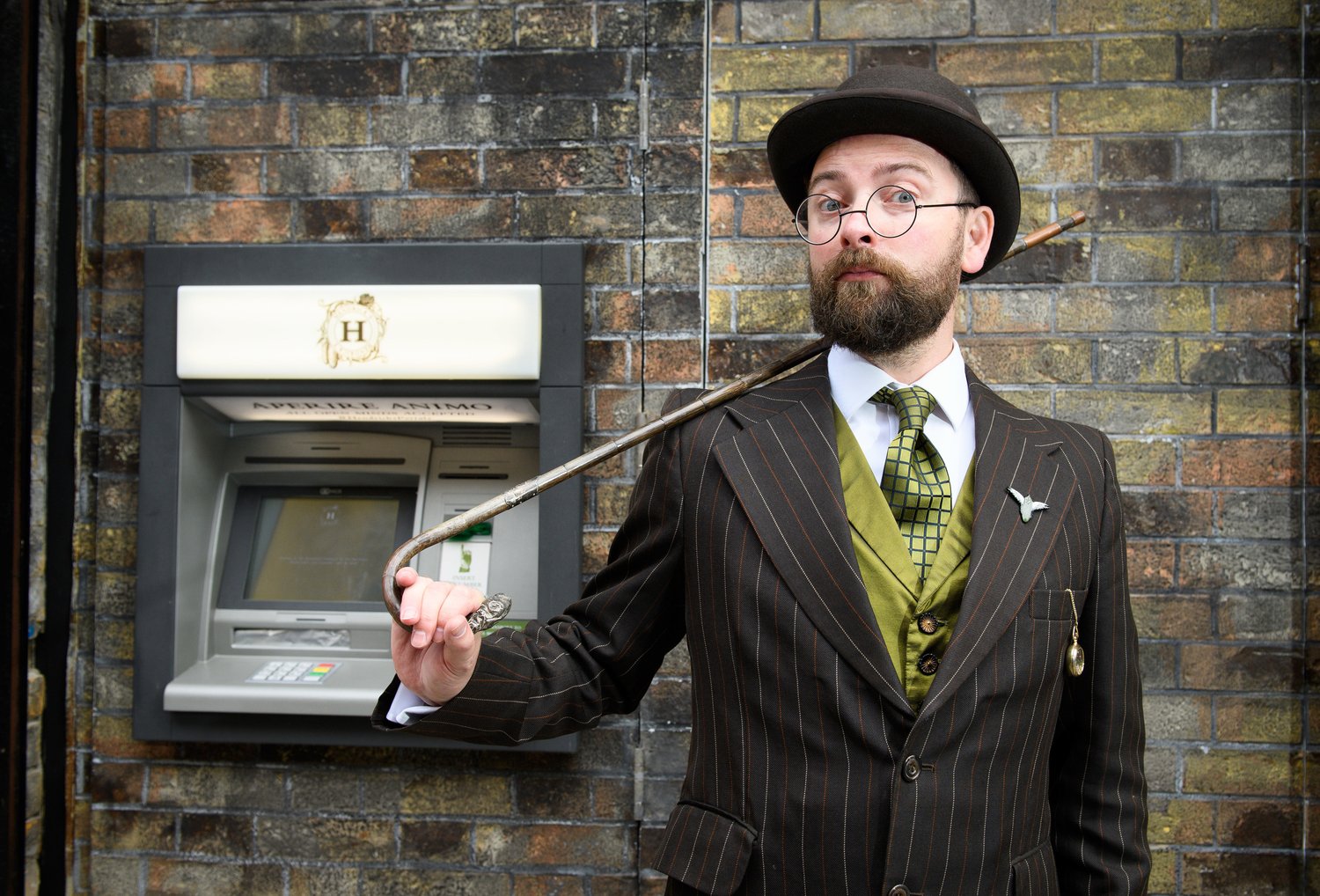
Hendrick’s Gin is known all over the world for it’s craft and peculiarity. It’s a brand that embraces the art of storytelling and it’s originality for being “odd”. They are thorough in animating their touchpoints with who they are, from their website and digital channels to activations across the globe.
The Scottish brand start with insight from their social media, using data to make decisions for their activations including geo targeted activations at key airport locations. Hendricks has developed a reputation for their curious, enchanting, and at times, theatrical pop ups.
In particular, their ATM and Lesley’s Laundrette were two major successes for the brand. Hendrick’s ATM (Automated Transport to the Marvellous) activation caught the attention of gin drinkers near and far. The immersive experience took guests on an interactive adventure to a hidden bank where they could indulge in the signature spirit. It achieved extensive media and social media coverage.
Smirnoff
A brand we’re all familiar with, Smirnoff are the vodka giant. They’re a household, party and festival spirit known by all of age… unless you live under a rock. But even this leading alcohol brand faces its battles.
In an interview last year, Jay Sethi, VP/Smirnoff & Nurture Brands Portfolio at Diageo USA stated, “When I wake in the morning, I know what my growth problems are on Smirnoff: A lot of you used to drink it, and less of you drink it today.” To find a solution, the Smirnoff team turned to insights. The company identified that to grow the business, they needed to look closer into the customer experience and back their business with purpose.
For a long time, Smirnoff has collaborated with endless music festivals and they are proud of their reputation for inclusivity. They’re beyond advertising their way to success, but acting it.
In 2017 the alcohol brand committed itself to a three year global initiative through ‘Equalising Music’ where they hope to double the number of female and female-identifying headliners, and inspire the next generation of female DJs. This initiative reaches beyond their standard festival activation, but proves to consumers they truly believe in what they’re sponsoring. The campaign spans across digital streaming, mentoring programs, festival lineup selections and creative direction of flagship events.
Aperol Spritz
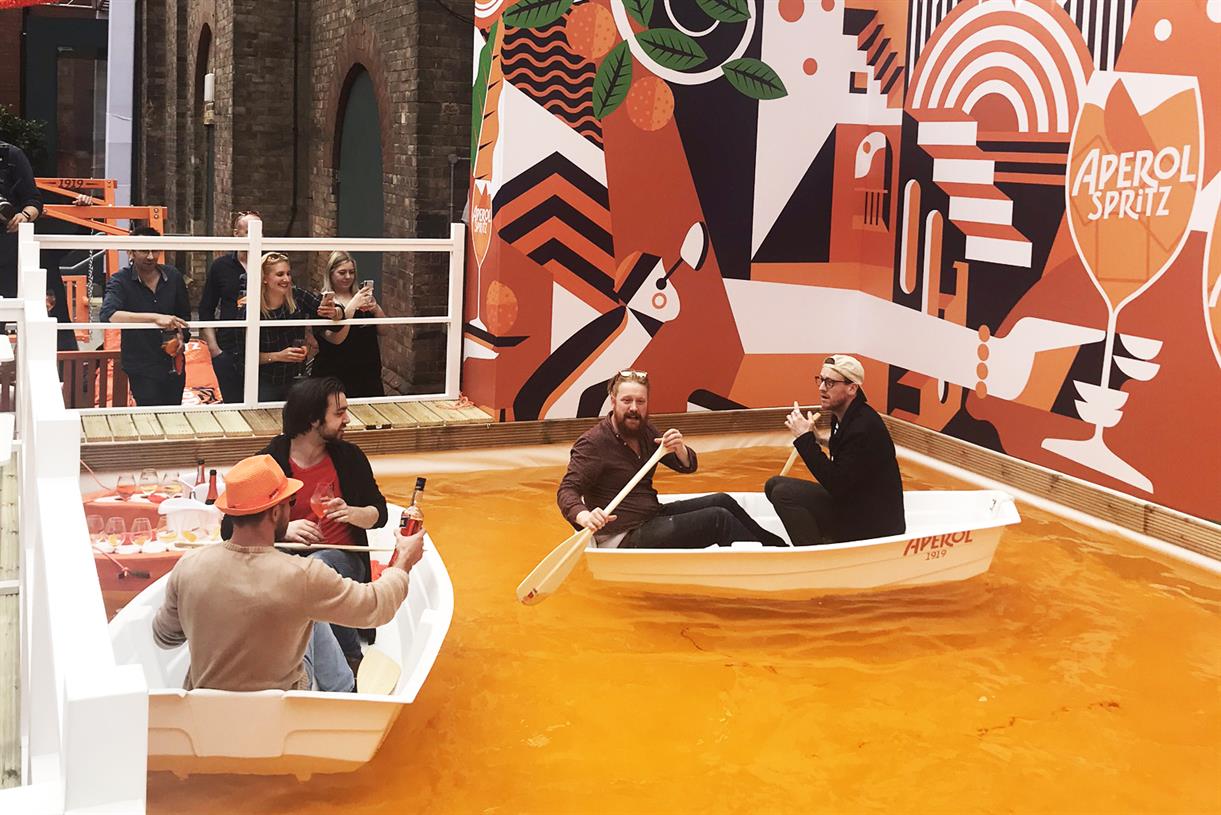
Aperol Spritz perfected the recipe for global growth during 2018. Although the drink has been available in Italy since the 1950s, it was only in recent years that the company has seen a spike in consumption worldwide. So how did they do it?
It was a carefully curated series of events, starting with a run of pop ups across New York. On the other side of the country the drinks were served at Instagram booths among trendy West Coast events. Above all, their branding was plastered everywhere so not only would taste testers not forget it, but it would end up in all their friends' social media feeds.
The Italian brand even had its own festival in the UK which hosted an orange waterfall, DJ sets, a Vespa carousel, Fiat 500 hot tubs and a ball pit.
Balter
Craft beer is a niche on the rise. In Australia, an Independent Brewery opens, on average, every six days. Although independent breweries only took up 5% of the market in 2018, there is projected potential to reach 20% of the market. There’s a growing beer festival culture, a demand for craft over consumption, and an increased interest in low and no alcohol beer. Balter Brewing Company is one of the few independent breweries that seem to be cutting through the influx of craft beer production.
Balter’s brand is simple, identifiable and they’ve been thorough in connecting with their consumers from every touchpoint. At beer festivals there can often be a saturation of breweries competing for the attention of punters. In 2018, Balter hosted its smashing activation at Beer Incider, Tiñyata, a competition where if you purchased a tinnie from their stall, you could have a whack at the giant branded tin-shaped piñata and a chance to win prizes. To no surprise, there was a constant line at their bar where other brands struggled to engage punters at all.
The Gold Coast brewery has also been known to be the life of the party, bringing it’s flagship “sport” Tins of Glory, the World Tinnie Hurling Championships across the country. The game puts Balter tins at the centre of attention for punters and cameras. Paired with their witty advertising campaigns, the brewery has seen not only large national growth but strong brand loyalty in their growing audience.
On the 20th September, Beer Incider Experience hosted their annual craft beer and music festival, a space Balter is known to shine in. We wanted to gain insight into what the festival organisers had experienced first hand. We asked Jess McWatt Forbes, Creative Director/Business Development Manager at Red Stockholm for her take.
DRNKS
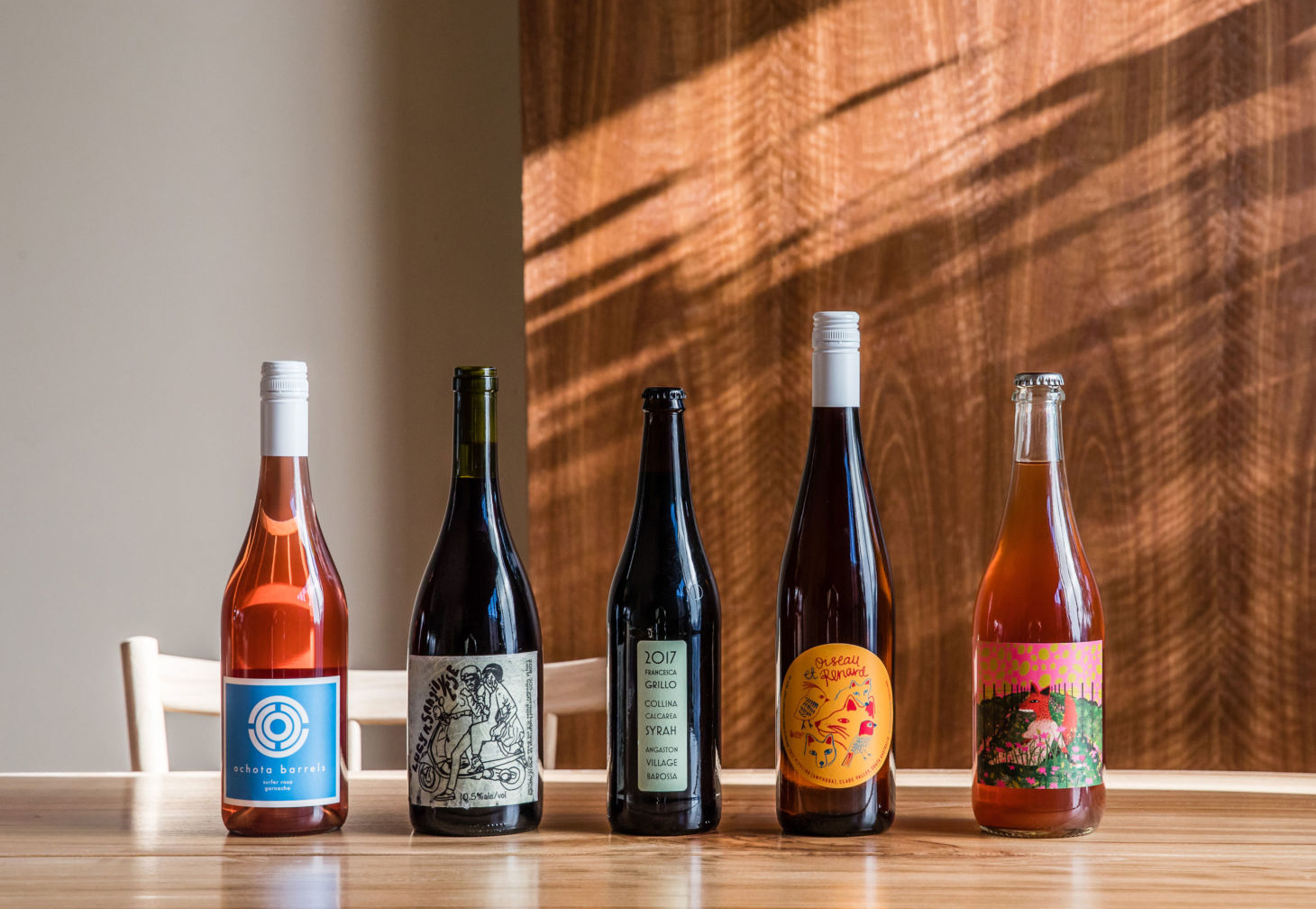
Although DRNKS is more niche on the scale of this conversation, their methods are consistent and have proven successful for their market. “DRNKS is an evolving collection of sustainable, organic, and biodynamic wine put together by a small team who hope you'll enjoy them as much as they do. All wine is sourced from vineyards the world over from winemakers who care about very little else.”
Founded in 2014 by Joel Amos, the multi-brand wine retailer started as an online store. They’ve only recently opened a brick and mortar location after years of operation, unlike most alcoholic businesses. DRNKS has continued to adapt to what their demographic is thirsty for; meaningful, transparent experiences, whether it be online or face-to-face.
The Sydney-based brand promises same day delivery to those who order before midday and live within 15km of the CBD. Their options for purchasing wine have also evolved as they identified their customers curiosity to continue to try something new each time. Now you can order curated mixed packs of wine that the team put together. DRNKS regularly host tastings and wine-maker events amongst their flagship store and affiliated locations.
Experiential marketing isn’t going to deliver the ROI you’d like just because it’s exciting and fun. Like any good marketing campaign, it’s driven by strategy with clear objectives. Each one of these brands has assessed their customer experience touchpoints and adapted to the demands of their market. There is so much opportunity to grow a brand when you take advantage of the avenues available through digital and physical forms.
Check out our guide to return on investment for more information!


